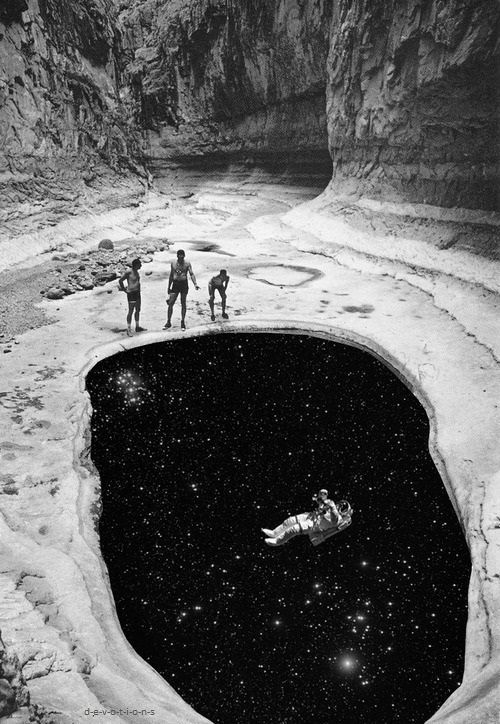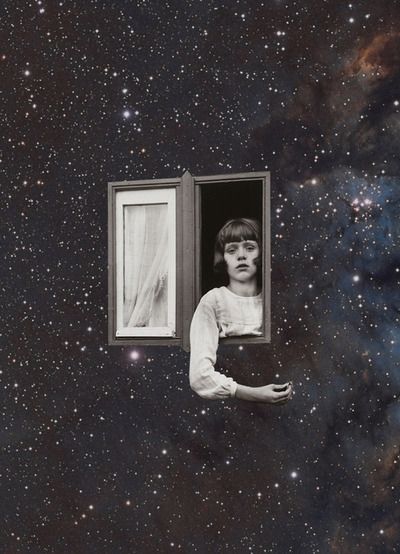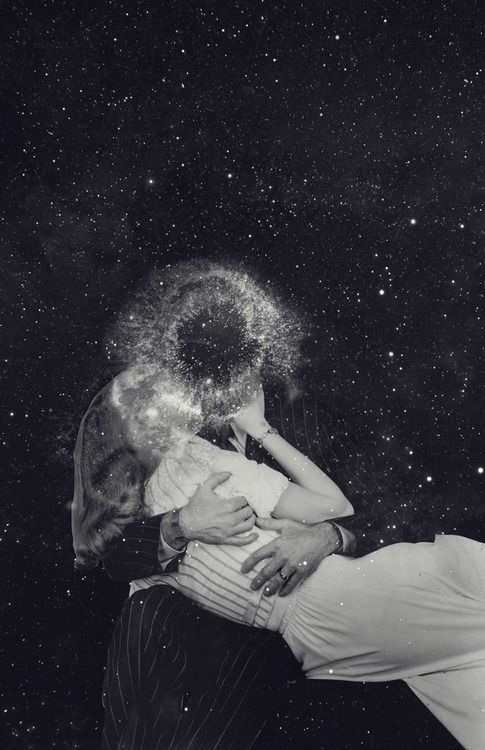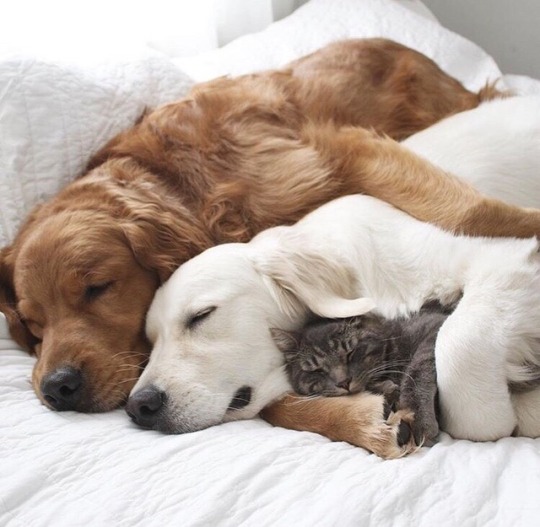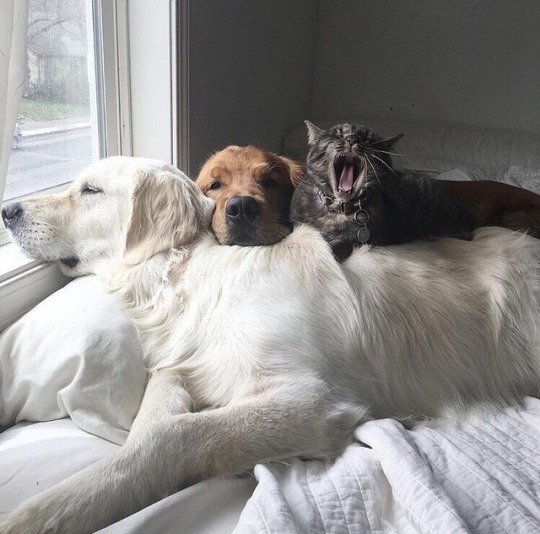Text
A Beginner’s Guide to Multiple Point of View
(Just starting out with point of view? Read How to Choose the Right Point of View for Your Story for an introduction to the five basic points of view.)
What is multiple point of view?
In multiple point of view, we get the perspectives of multiple characters within a single story. You have three options with multiple point of view:
Multiple first person (The Poisonwood Bible by Barbara Kingsolver)
Multiple third person (Song of Ice and Fire by George R.R. Martin)
Mixed multiple, which uses both third and first person (Strange as This Weather Has Been by Ann Pancake)
Unlike third person omniscient, stories written with multiple point of view don’t shift viewpoint characters within a chapter or section. Instead, each part is written entirely from the perspective of a different character.
When to Use Multiple Point of View
Multiple point of view is great for novels where you need to cover a lot of ground, either metaphorically or literally speaking. It can work well for thematically complex work, mysteries, and sprawling epics of all genres.
Multiple points of view doesn’t work so well for short stories. That’s because in a short story you don’t have enough time to fully explore multiple perspectives. If you need a wider view for a short story, third person omniscient is probably a better choice.
When used well, multiple point of view can allow you to widen and complicate your story world. It’s not the right choice for every story, but if you decide it’s the right choice for yours, here are 5 tips for success.
5 Tips for Success with Multiple Point of View
1. Use a separate chapter for each point of view character
Not only will this keep readers from getting confused, it allows them to more distinctly bond with each character or narrator.
Keep reading
3K notes
·
View notes
Text
A Beginner’s Guide to Multiple Point of View
(Just starting out with point of view? Read How to Choose the Right Point of View for Your Story for an introduction to the five basic points of view.)
What is multiple point of view?
In multiple point of view, we get the perspectives of multiple characters within a single story. You have three options with multiple point of view:
Multiple first person (The Poisonwood Bible by Barbara Kingsolver)
Multiple third person (Song of Ice and Fire by George R.R. Martin)
Mixed multiple, which uses both third and first person (Strange as This Weather Has Been by Ann Pancake)
Unlike third person omniscient, stories written with multiple point of view don’t shift viewpoint characters within a chapter or section. Instead, each part is written entirely from the perspective of a different character.
When to Use Multiple Point of View
Multiple point of view is great for novels where you need to cover a lot of ground, either metaphorically or literally speaking. It can work well for thematically complex work, mysteries, and sprawling epics of all genres.
Multiple points of view doesn’t work so well for short stories. That’s because in a short story you don’t have enough time to fully explore multiple perspectives. If you need a wider view for a short story, third person omniscient is probably a better choice.
When used well, multiple point of view can allow you to widen and complicate your story world. It’s not the right choice for every story, but if you decide it’s the right choice for yours, here are 5 tips for success.
5 Tips for Success with Multiple Point of View
1. Use a separate chapter for each point of view character
Not only will this keep readers from getting confused, it allows them to more distinctly bond with each character or narrator.
Keep reading
3K notes
·
View notes
Quote
I want to write a novel about silence. The things people don’t say.
Virginia Woolf (via quotemadness)
9K notes
·
View notes
Link
John Greenleaf Whittier was born 17 December 1807 and died 7 September 1892
Quotes
Of all sad words of tongue or pen, the saddest are these, ‘It might have been.’
The best of a book is not the thought which it contains, but the thought which it suggests; just as the charm of music dwells not in the tones but in the echoes of our hearts.
At what point does a man turn into a monster? I don’t believe that it’s when he does horrible things, but when he accepts that he’s able to do them, and that he does them well.
It is no use trying to sum people up. One must follow hints, not exactly what is said, nor yet entirely what is done.
You don’t always win your battles, but it’s good to know you fought.
John Greenleaf Whittier was an American Quaker poet and advocate of the abolition of slavery in the United States. Frequently listed as one of the Fireside Poets, he is remembered for his anti-slavery writings as well as his book Snow-Bound.
23 notes
·
View notes
Text
My Top 17 Romance Films/Love Stories
Une Femme est Une Femme (1961)

Edward Scissorhands (1990)

Romeo + Juliet (1996)

Titanic (1997)

A Walk to Remember (2002)

The Notebook (2004)

Closer (2004)

Eternal Sunshine of the Spotless Mind (2004)

Brokeback Mountain (2005)

The Holiday (2006)

Candy (2006)

Juno (2007)

Nick and Norah’s Infinite Playlist (2008)

(500) Days of Summer (2009)

Daydream Nation (2010)

Blue Valentine (2010)

Like Crazy (2011)

2K notes
·
View notes
Photo

1 note
·
View note




